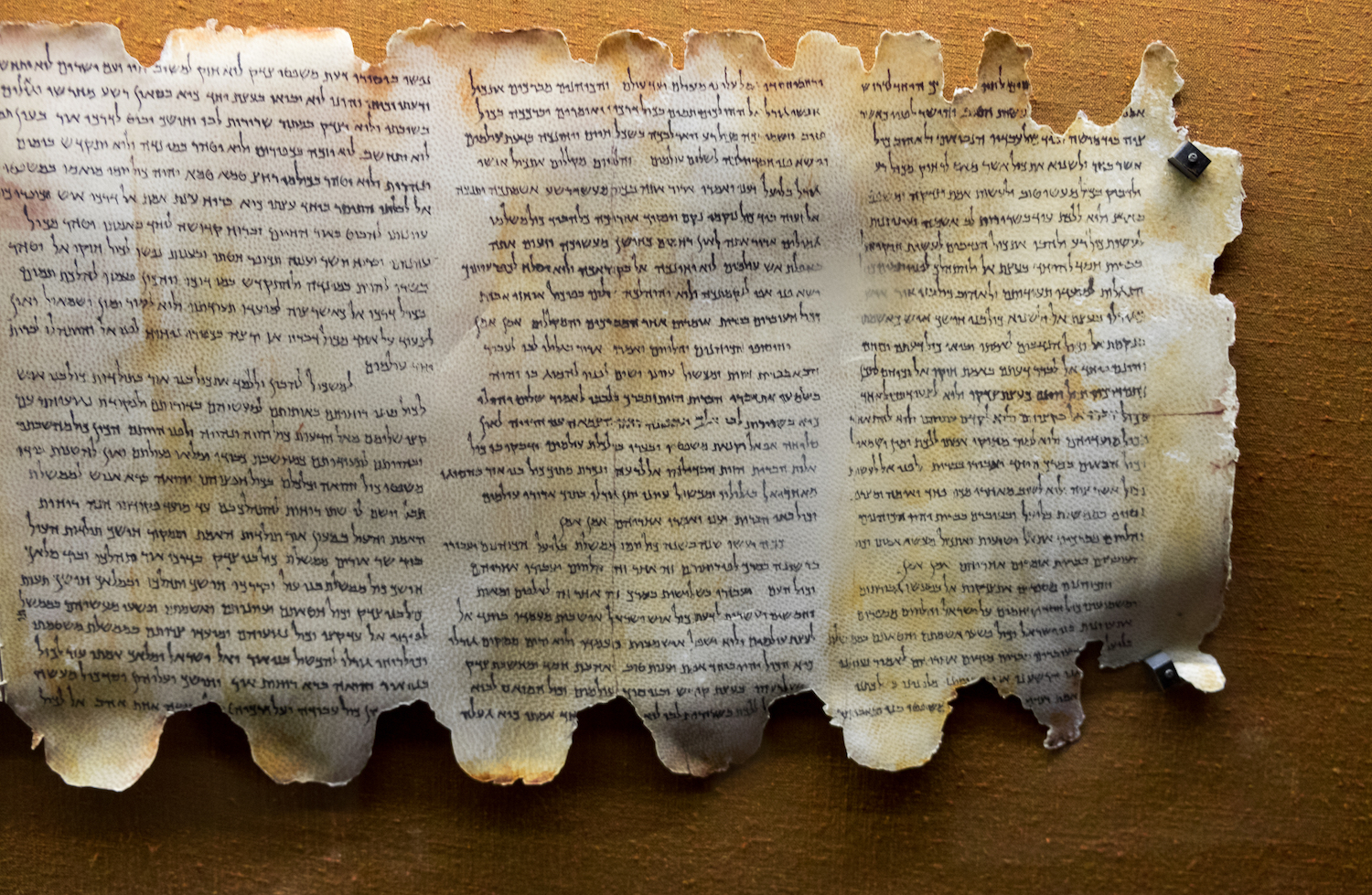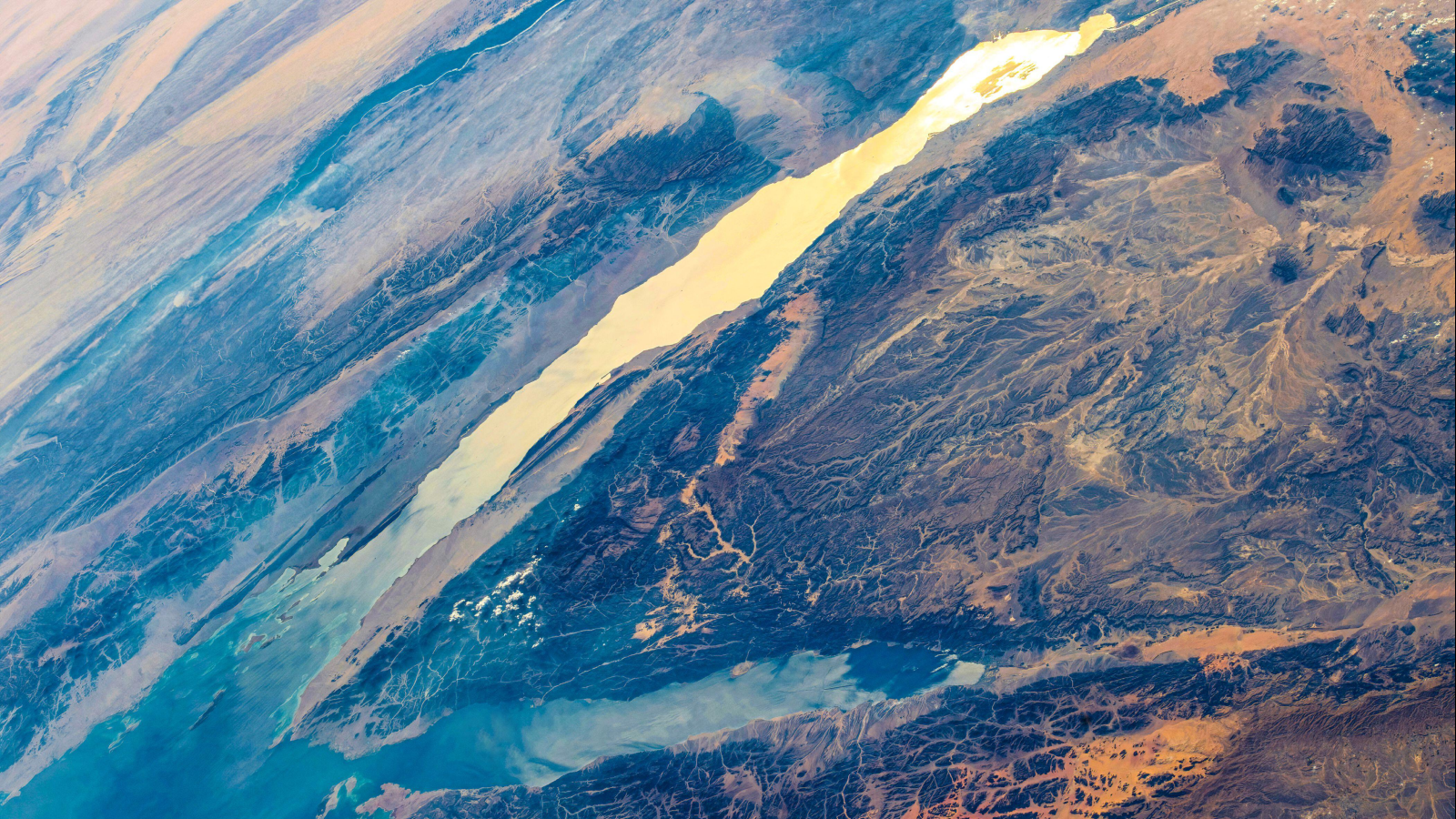Biblical Archaeology: The Study of Biblical Sites & Artifacts

While the definition of biblical archaeology varies from scholar to scholar, it generally includes some combination of archaeology and biblical studies.
The magazine "Biblical Archaeology Review" defines biblical archaeology as "A branch of archaeology dealing with the archaeology of biblical lands that informs our understanding of the bible and/or the historicity of biblical events."
Other definitions include the specific geographical areas that are studied. For example, "Biblical archaeology is a subset of the larger field of Syro-Palestinian archaeology — which is conducted throughout the region encompassed by modern Israel, Jordan, Lebanon and Syria," wrote Eric Cline, a professor of classics, anthropology and history at George Washington University, in his book "Biblical Archaeology: A Very Short Introduction" (Oxford University Press, 2009). [The Holy Land: 7 Amazing Archaeological Finds]
"Specifically, it is archaeology that sheds light on the stories, descriptions, and discussions in the Hebrew Bible and the New Testament from the early second millennium [B.C.], the time of Abraham and the Patriarchs, through the Roman period in the early first millennium [A.D.]," Cline wrote.
Some scholars extend the geographical area that biblical archaeology covers to include Egypt, Mesopotamia and Sudan. Most scholars also note how the discipline combines elements of archaeology with biblical studies. It is "a complex fascinating inquiry between two disciplines — archaeology and biblical studies," wrote William Dever, professor emeritus of Judaic Studies and Near Eastern Studies at the University of Arizona, in a chapter of the book "Historical Biblical Archaeology and the Future: The New Pragmatism" (Routledge, 2010).
Some archaeologists prefer not to use the phrase "biblical archaeology" out of concern that it sounds unscientific. "The field of biblical archaeology suffers from a bad public image — in some quarters — due to the practices of scholars of decades ago," wrote Aren Maier, an archaeology professor at Bar-Ilan University in Israel, in a chapter of the book "Historical Biblical Archaeology and the Future: The New Pragmatism."
Maier explained that earlier scholars in the field often produced biased attempts to connect the Bible to their archaeological finds, and failed to acknowledge scenarios outside of the biblical text.
Get the world’s most fascinating discoveries delivered straight to your inbox.
Today, most biblical archaeologists agree that links between archaeological finds and the Bible need to be made cautiously, and acknowledge that the Bible is not entirely historically accurate.
Major archaeological sites & findings
There are many important biblical archaeology sites and artifacts, but a few are more well-recognized than others.
The Dead Sea Scrolls consist of fragments from 900 manuscripts found in 12 caves near the site of Qumran in the West Bank. They contain some of the earliest known copies of the Hebrew Bible and include calendars, hymns, community rules and apocryphal (non-canonical) texts. One of the scrolls, inscribed on copper, has a list of hidden treasure.
Another important biblical find is the Merneptah stele (an inscribed stone slab) — also called the Israel stele. Discovered in Luxor, it contains the earliest mention of the name "Israel." Engraved around 1207 B.C., it includes a list of places in the eastern Mediterranean that the Egyptian pharaoh Merneptah claims to have conquered. The pharaoh claimed that "Israel is laid waste, his seed is no more."
Megiddo was an ancient city in Israel that was occupied for 6,000 years and is mentioned numerous times in the Bible. A Greek name for the city is "Armageddon," and, according to the Book of Revelation, a great battle between the forces of good and evil will be waged at Megiddo during the end times.
Another important site is the Herodium, a palace built for King Herod (who lived ca. 74 to 4 B.C.), a king appointed by Rome to rule Judea. Herod was vilified in the New Testament with stories claiming that he tried to kill baby Jesus. For decades, scholars have struggled to reconcile the biblical account of the attempted murder with the knowledge that Herod probably died before Jesus was born. [In Photos: The Controversial 'Tomb of Herod']
Another famous site is the Temple Mount (known as Haram esh-Sharif in Arabic) in Jerusalem. It is the holiest site in Judaism and the third holiest in Islam. Its religious importance along with the ongoing Israeli-Palestinian conflict means that little archaeology work has been done there.
Many mysteries
There are many mysteries that biblical archaeologists are still trying to solve. For instance, did an exodus of Jews from Egypt actually occur and if so, when? And could the story of the Book of Exodus be related to the expulsion of a people called the "Hyksos" from Egypt that occurred more than 3,500 years ago?
Other mysteries include determining whether or not the King David mentioned in the Bible really existed. A 2,800-year-old stele found at Tel Dan in northern Israel mentions a "House of David," suggesting that the biblical ruler may have existed. Another 2,800 year-old inscription called the Mesha stele (named after King Mesha of Moab, the person who erected it) has writing on it that some scholars believe refers to King David but this is uncertain. Also some scholars, such as Hebrew University of Jerusalem archaeology professor Yosef Garfinkel, believe that the 3,000 year-old site of Khirbet Qeiyafa, southwest of Jerusalem, may have been used by King David however, this is also uncertain.
It's also unclear how powerful Israel truly was in its early days. The Hebrew Bible suggests that Israel controlled a large amount of territory with Jerusalem as an important political and spiritual center. The 3,200-year-old Merneptah stele mentions the existence of Israel but gives little information as to how much territory Israel controlled.
The locations of a number of biblical sites are also ambiguous. For instance, archaeologists are not sure where the biblical city of Sodom is located. According to the Hebrew Bible, the city was destroyed by God because it had become too sinful. Some archaeologists have suggested that Sodom may be located at the archaeological site of Tell el-Hammam, in Jordan, because of the site's geographic location and archaeological evidence that it was destroyed suddenly. Recent research reveals that Tell el-Hammam and nearby areas may have been destroyed by a cosmic airburst that occurred in the region about 3,700 years ago.
Biblical archaeologists are also faced with the puzzle of describing what Jesus was really like. The earliest surviving copies of the Gospels — the four books of the Bible that describe the life and teachings of Jesus — date to the second century A.D., about 100 years after the life of Jesus. This means it's uncertain how much of what the Gospels say is true and how much is fiction.
Recent excavations at Nazareth, the city where Jesus is thought to have lived, indicate that people in Nazareth rejected Roman culture. This falls in line with biblical accounts of Nazareth being a community that followed Jewish religion and customs. The Nazareth excavations have also revealed a house that was venerated as the place where Jesus lived, but not until centuries after Jesus was presumably born.
Additional resources:
- Check out these 10 Fascinating Biblical-Era Discoveries from 2018.
- Learn more about the science of biblical archaeology from the Biblical Archaeology Society.
- Read more about King Herod in Jerusalem, written by Katharina Galor for the Institute for Palestine Studies.

Owen Jarus is a regular contributor to Live Science who writes about archaeology and humans' past. He has also written for The Independent (UK), The Canadian Press (CP) and The Associated Press (AP), among others. Owen has a bachelor of arts degree from the University of Toronto and a journalism degree from Ryerson University.
